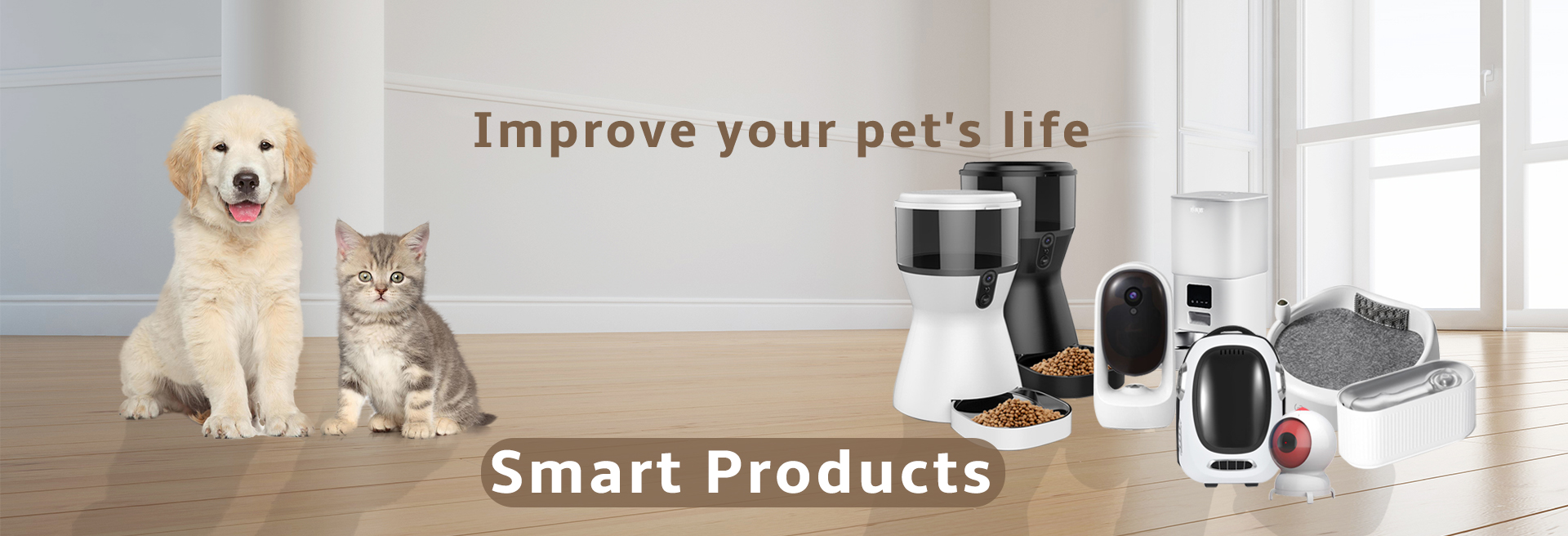
03
15
9
03
14
9
03
13
8
03
12
12
03
11
17











